Index


Review: HD 6770's cheaper evil twin
Radeon HD 5770 Flex Edition is a graphics card for multi-display solutions. Namely, the card allows for connecting three displays without using DisplayPort or active adapter, or four displays if one o them supports DisplayPort.
AMD recently renamed the HD 5700 series to HD 6700. As usual, there were no significant changes other than the name, although the “new” series did get HDMI 1.4a and Blu-ray 3D support.
Apart from the HD 5770 Flex Edition, Sapphire also offers HD 6770 Flex Edition, although there’s almost no difference between them.
If you’re looking for an affordable card that will allow for four displays at the same time, then you’ll definitely like Sapphire’s HD 5770/6770 Flex Edition. However, four-display gaming is not quite a walk in the park and you you’ll need a faster card for that purpose.
HD 5770 Flex Edition is available for less than €100, whereas HD 6770 Flex Edition will cost you about €108, here and here.
The picture below shows Sapphire HD 5770 Flex Edition, which looks like the HD 6770 Flex Edition.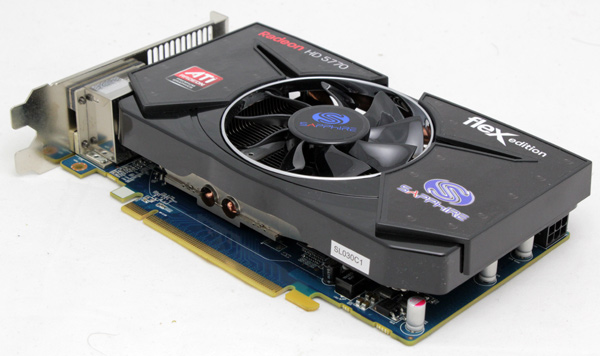
HD 5770 Flex Edition card runs at reference clocks.
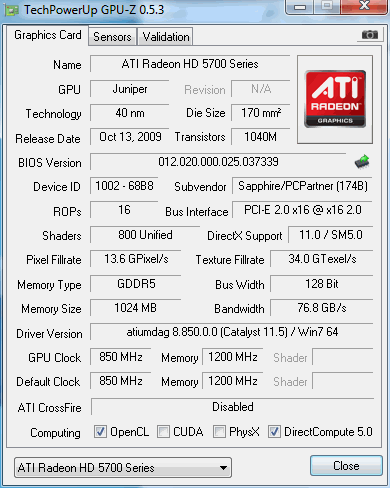
FeatureSet
SAPPHIRE Flex Technology supports 3 displays without the requirement of DisplayPort monitors or Active DP adapters, and can support up to 4 displays with the use of a DisplayPort monitor or Active adapter.
- Microsoft DirectX® 11 Support
- Shader Model 5.0 Support
- Direct Compute 11
- Programmable hardware tessellation unit
- Accelerated multi-threading
- HDR texture compression
- Order-independent transparency
- 1.04 billion 40nm transistors
- 800 Stream Processing Units
- OpenGL 4.0 support
- ATI Eyefinity Technology
- ATI Stream acceleration technology
- OpenCL 1.0 compliant
- DirectCompute 11
- Accelerated video encoding, transcoding, and upscaling
- 2nd Generation TeraScale Engine
- PCI Express 2.1 x16 bus interface
- Advanced 1GB/128-bit GDDR5 memory interface
- HDMI 1.3 support with Deep Color and 7.1 High Bitrate Audio
- On chip HDCP Support
- ATI CrossFireX™ multi-GPU support for highly scalable performance. (Use up to four discrete cards with an AMD 790/890FX based motherboard)
- ATI Avivo HD Support
- ATI Unified Video Decoder 2 (UVD) for Blu-ray™ and HD Video.
- Accelerated Video Transcoding (AVT)
- DVD Upscaling
- Dynamic Contrast
- Built-in HDMI with 7.1 surround sound support
- Support for H.264, VC-1 and MPEG-2
- Dual Stream 1080p playback support
- DXVA 1.0 & 2.0 support
Sapphire HD 5770 Flex Edition comes with non-reference cooling that’s pretty quiet during operation. The card is almost 19cm long and, as you can see from the picture, the cooler takes up two slots. 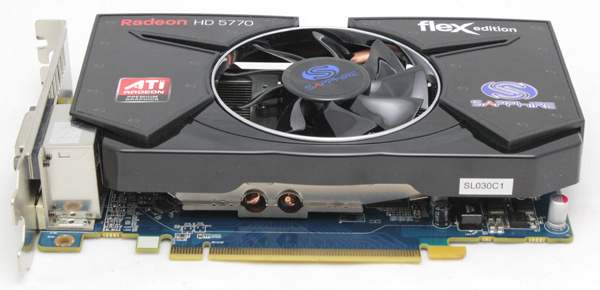
You’ll find a large heatsink with two heatpipes underneath the fan. These pipes start directly above the GPU and end up on the opposite ends of the heatsink. The heatpipes are 8mm ones and they do a good job in transferring heat.
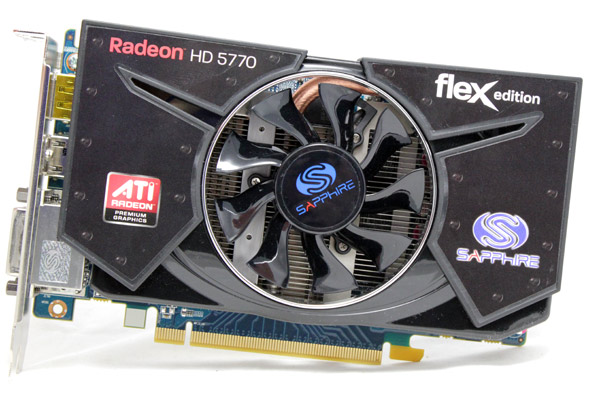
You can see the memory through the heatsink. The memory is cooled only by air from the fan, which is usual for entry level and mid-range products.
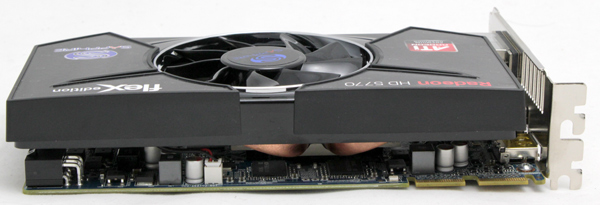
Sapphire HD 5770 Flex Edition offers a plethora of video outs. The card comes with two DVI outs - one dual-link DVI with 2560x1600 support and a single-link DVI with 1920x1200 support. Note that the single-link DVI is painted grey for easier recognition. DisplayPort also supports 2560x1600 so users can go for two 2560x1600 displays.
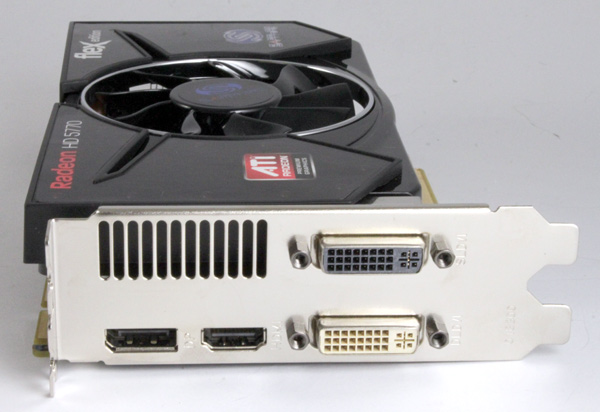
Sapphire HD 5770 Flex Edition is unique in a way where it supports three displays using only DVI and HDMI connectors. This should be pretty handy as the third display on AMD’s cards previously required either active DisplayPort adapter or an actual DisplayPort display. If you decide to use the HD 5770 Flex Edition’s included DisplayPort however, then you can use up to four displays. 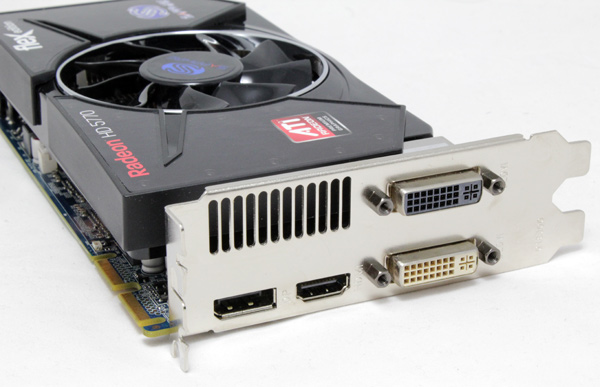
The card comes with two CrossFire connectors and is powered via a single 6-pin power connector. 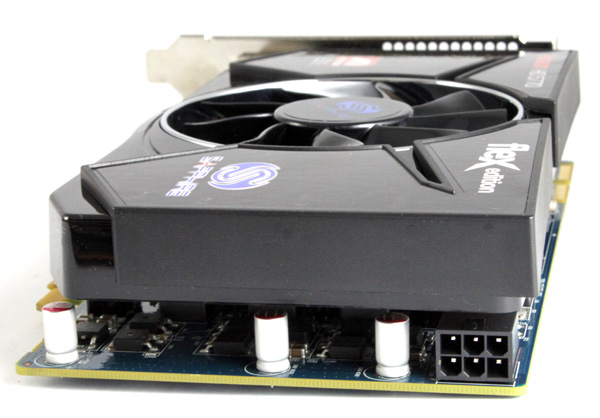
3DMark 2011
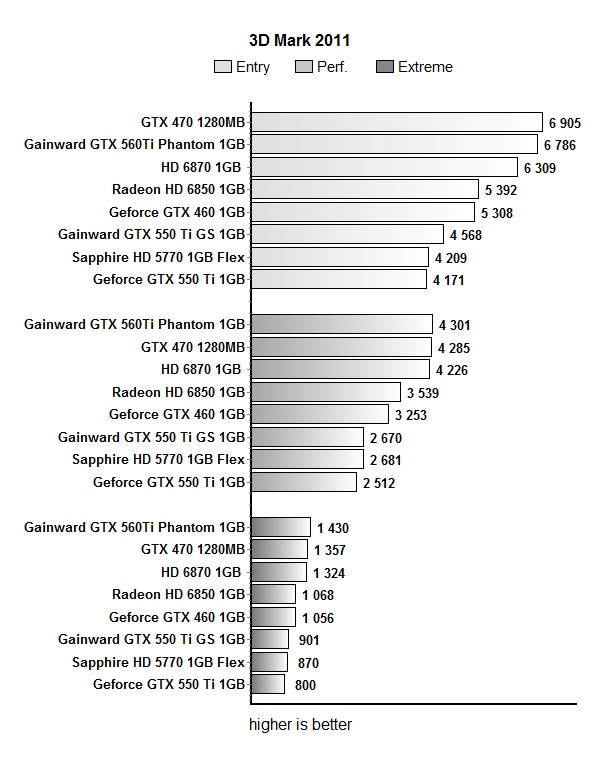
3DMark vantage
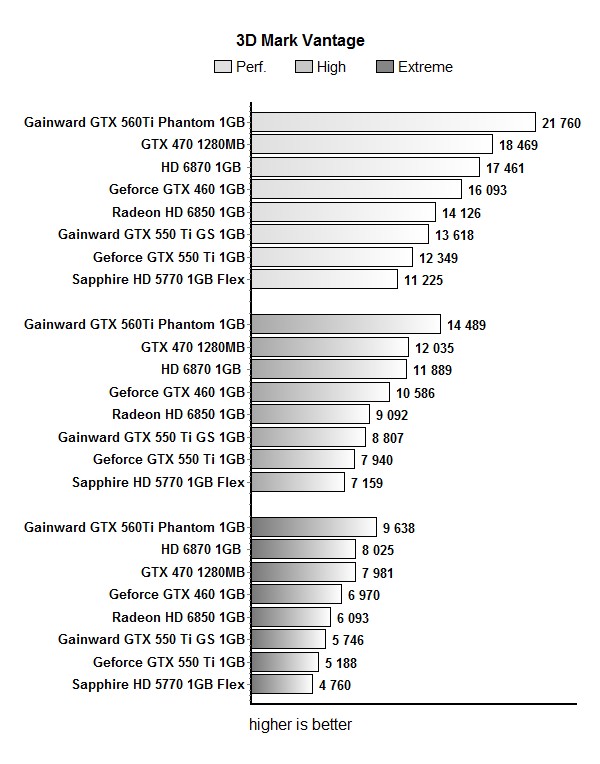
Aliens vs Predator
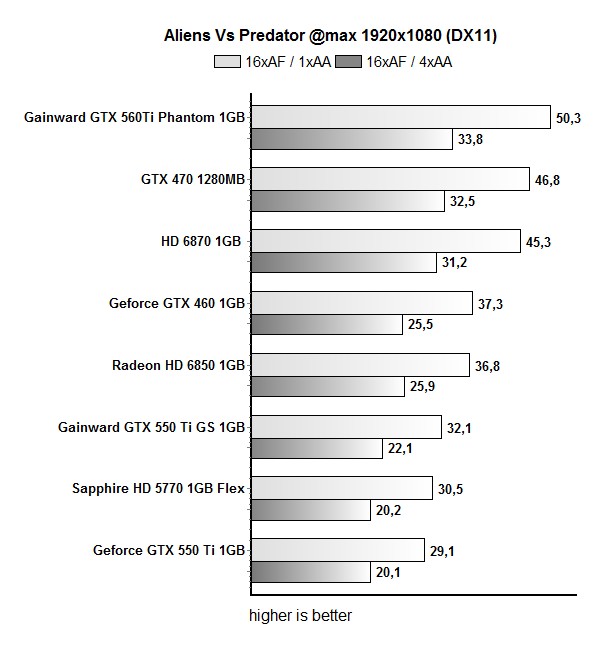
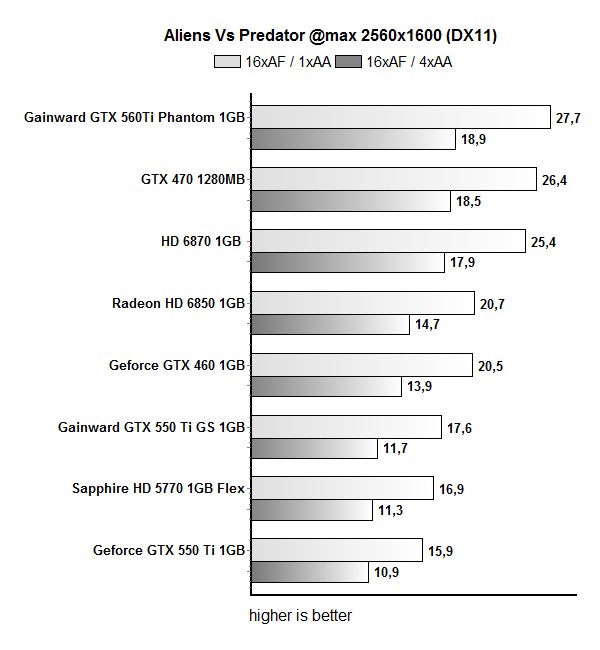
Dirt2
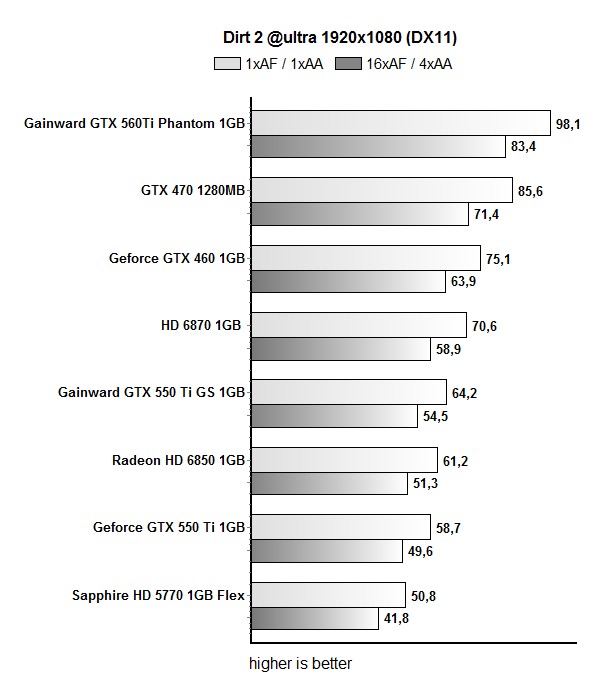
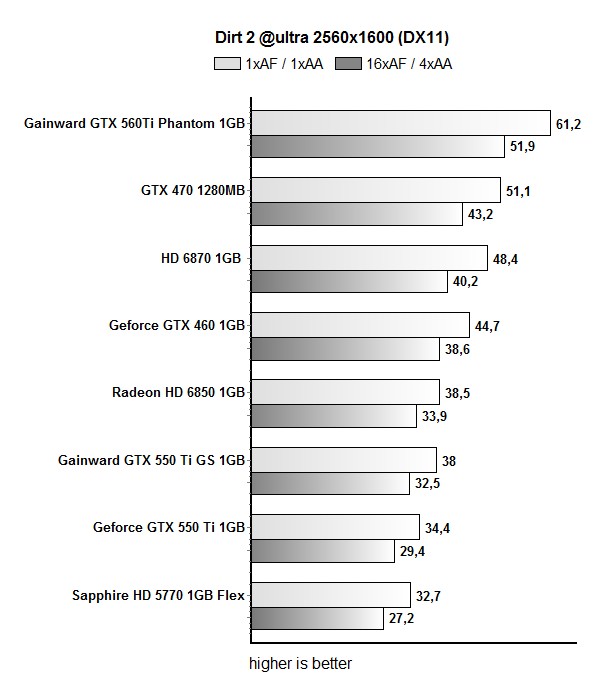
Metro 2033
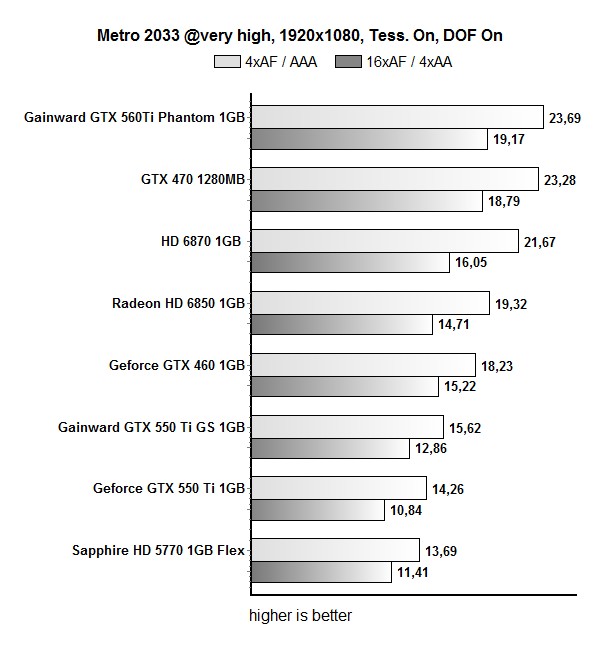
Unigine heaven
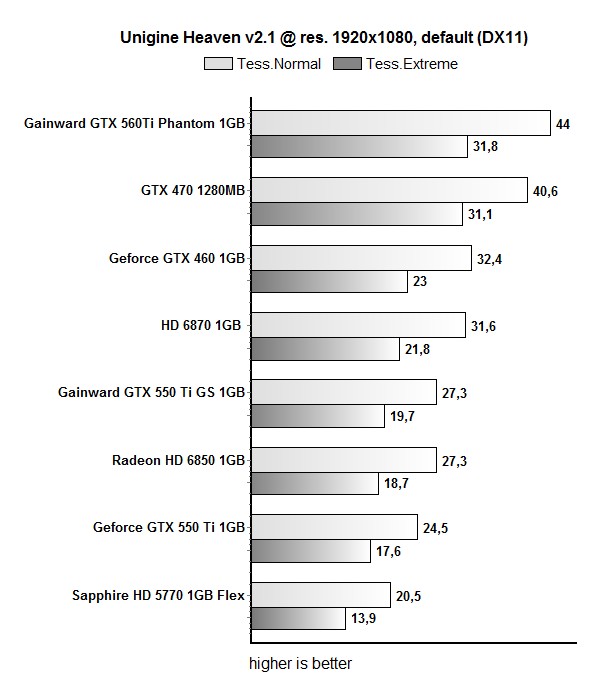
Users who use only two displays will be just fine with a reference HD 5770, but if you're keen to add a third one and don't feel like splashing out on a DisplayPort display, then Sapphire HD 5770 Flex Edition is a card you've been looking for.
Sapphire HD 5770 Flex Edition has a unique capability to run three DVI displays out of the box. All you need to do is install drivers and there's no need for DisplayPort displays or active DisplayPort converters.
Standard HD 5770 cards will support a maximum of three displays (provided one of them is DisplayPort) whereas HD 5770 Flex allows for four, where the fourth display must be a DisplayPort one.
Four displays will require two standard HD 5770 cards in CrossFire. Note however that you can only use DisplayPort on the second card.
We tested with three DVI displays (one via HDMI) and had no trouble whatsoever. AMD Catalyst Control Center is very helpful when it comes to configuring multi-display setups.
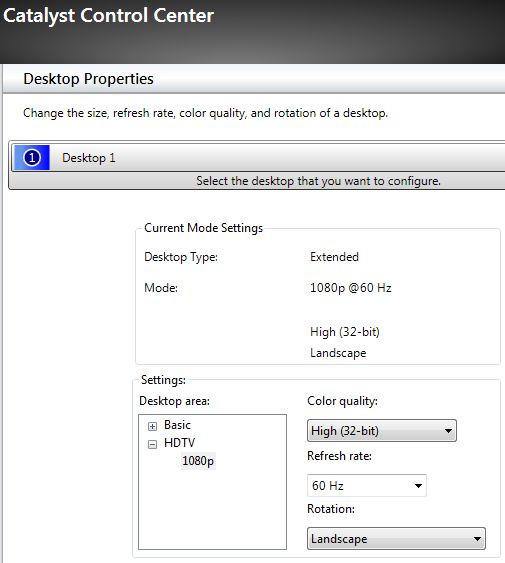
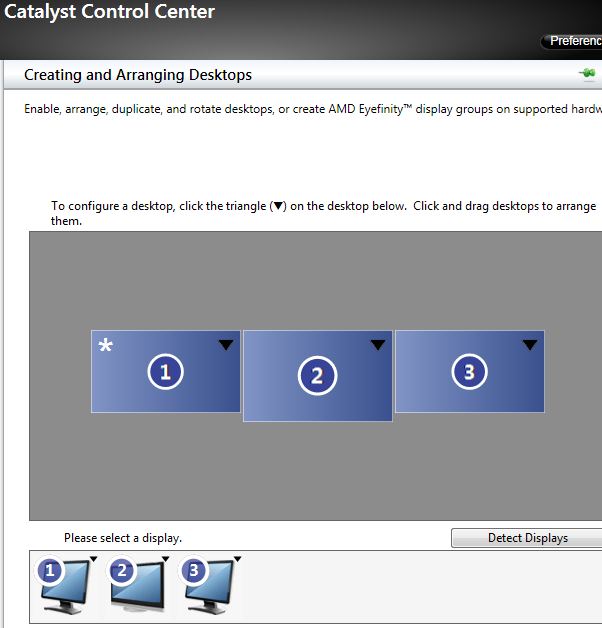
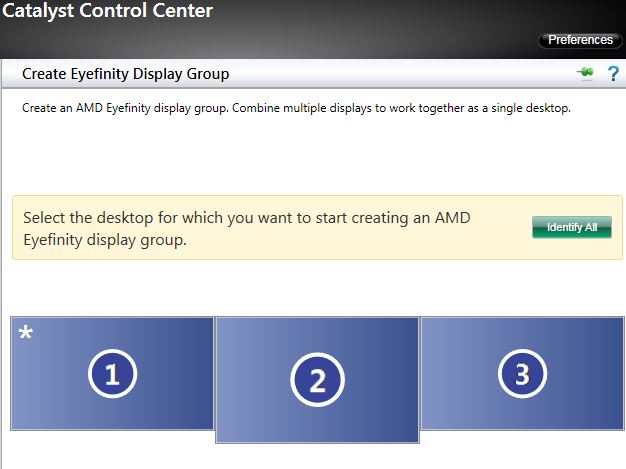
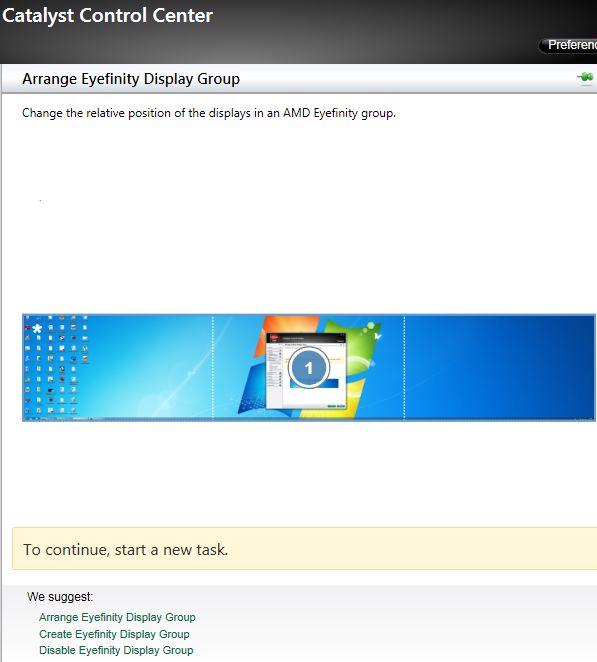
Overclocking
Sapphire HD 5770 Flex Edition runs at reference clocks. Our overclocking attempt stopped at 960MHz for the GPU and 1360MHz, which increased 3DMark Vantage results by up to 10%.
Thermals and Noise
Idle teperature was at about 42 degrees Celsius, while intensive operation pushed it to about 70 degrees Celsius. This is within acceptable values. The card remains inaudible when idle and while it gets louder during more intensive scenarios, it's still within optimal limits.
Power Consumption
Sapphire HD 5770 Flex Edition is powered via one 6-pin power connector, which suggests that it won't consume much. In our case, consumption didn't go over 90W and connecting more displays only increased it up to 5W.
Sapphire 5770 Flex Edition definitely stands out of the crowd in its price range. For less than €100, you get a card that will run three displays with no limitations. When we say limitations, we mean Eyefinity, as it normally limits you to two displays unless you use DisplayPort. Thankfully, HD 5770 Flex Edition didn’t ignore DisplayPort either and, provided you use it of course, you can chain up to four displays on a single card.
AMD recently launched HD 6700 series, although you should know that it’s a simple rename of HD 5700 series with minor improvements. Namely, AMD added HDMI 1.4a and Blu-ray 3D but left the clocks and performance intact. Of course, HD 6770 Flex Edition kept the Eyefinity capabilities as well as the nice cooling solution from the HD 5770 Flex Edition.
The pricing of only €100 makes HD 5770 Flex Edition a really nice deal. All in all, it is a great card that will provide smooth gaming performance up to 1920x1080 and will offer three-display support without using DisplayPort or messing with adapters.



